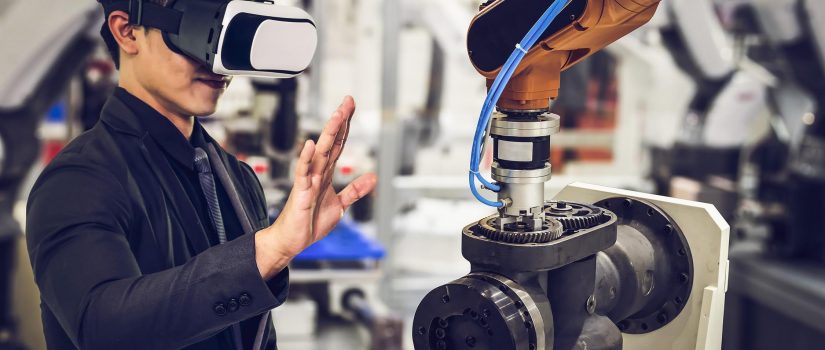Think a picture isn’t really worth (at least) a thousand words? Then you haven’t had the pleasure of setting up an Apple iMac computer. When designing the machine, the company’s engineers found a way to make its setup so simple and user-friendly that only a few minor visual aids are required to get the computer up and running. This not only eases strain and eliminates potential headaches for the user, it solves the language barriers that could plague a company that sells its products around the globe.
Though fashioning a wordless User’s Manual for an industrial pump, high-pressure valve, robotic assembly or electronic vehicle’s operation may even be beyond the capabilities of the geniuses at Apple, visuals do play a very significant role in technical writing. The most important benefit is also the most obvious one: it is always easier to assemble something, know how it should look when finished or imagine how it might operate if the user can have a picture of it in his mind. Not to mention the side benefit of reduced translation costs.
In other words, it’s not good enough anymore to just say, “Insert Tab A into Slot B,” you must also visually show the tab being inserted into the slot.
While acknowledging the importance of visuals, there are a growing number of different ways that the visuals can actually be presented. In this day and age of enhanced technologies that allow for so much more than a static, one-dimensional drawing on a piece of paper, 3D is playing an expanding role in the world of technical documentation, especially when the documents are able to be viewed online at the manufacturer’s website.
Currently, the most popular use of 3D in web-published instructions is to produce and communicate installation and maintenance animations that show various parts moving into place. In fact, the capability now exists to create interactive 3D renderings that allow the user to take apart, move and observe every component of, for instance, a valve from different angles and views. This allows for more dynamic views, such as exploded, cutaway and isometric views that can aid in improving the user’s product knowledge and familiarity.
More specifically, 3D renderings allow the use of native engineer-generated CAD files to focus on:
- A particular component and its orientation
- Inspection points
- Connections with other system components or auxiliary products
- Wear items or areas where failures may occur
- Maintenance, repair and replacement of parts
Also, using native CAD files is less time-consuming and more cost-effective than setting up and executing a traditional product photo shoot.
Seeing how the use of 3D in manuals has expanded in recent years, it’s not hard to imagine that the next visual frontier will be virtual reality (VR). Defined as a “computer-generated scenario that simulates a realistic experience,” the potential for the use of VR in a training or informational sense is, if you’ll pardon the expression, “virtually” boundless for industrial applications.
By donning a headset that is connected to a computer program, users are “placed” in an environment that affords them the ability to virtually assemble, observe or service a pump, valve or compressor, or any other piece of industrial equipment, which makes the product’s real-world assembly and maintenance much easier to perform.
The main roadblock to wide-ranging implementation of virtual reality for industrial use has been the prohibitive cost of the equipment, but coupled with increased acceptance and growth in VR has been a decrease in upfront cost that will allow the manufacturers of industrial products to at least consider VR as an alternative to the traditional paper-based User’s Manual.

The use of advanced visuals in technical writing has grown in acceptance and importance. One of the next frontiers in this area is virtual reality (VR), which can be used to enhance technician learning, comprehension and retention; improve installation accuracy and efficiency; and ensure that technical details are quickly, easily and reliably available and understood.
Another area that is ripe for expanded use is what is known as Augmented Reality, or AR, which is technology that superimposes a computer-generated perceptual image on a user’s view of the real world, thus providing a composite view. There are many exciting ways that AR can have positive effects in the industrial world, including enhancing technician learning, comprehension and retention; improving installation efficiency and accuracy; and ensuring that technical details will be quickly, easily and reliably available when needed, anywhere in the world.
So, with the growth of next-generation visuals as a way to improve the understanding of how industrial equipment is constructed and operates, we’d love to hear your thoughts. Please let us know if you have had any experience with things like 3D renderings, VR or AR, or if you have any opinions on which visual technologies you feel would be most useful for you or your customers.
